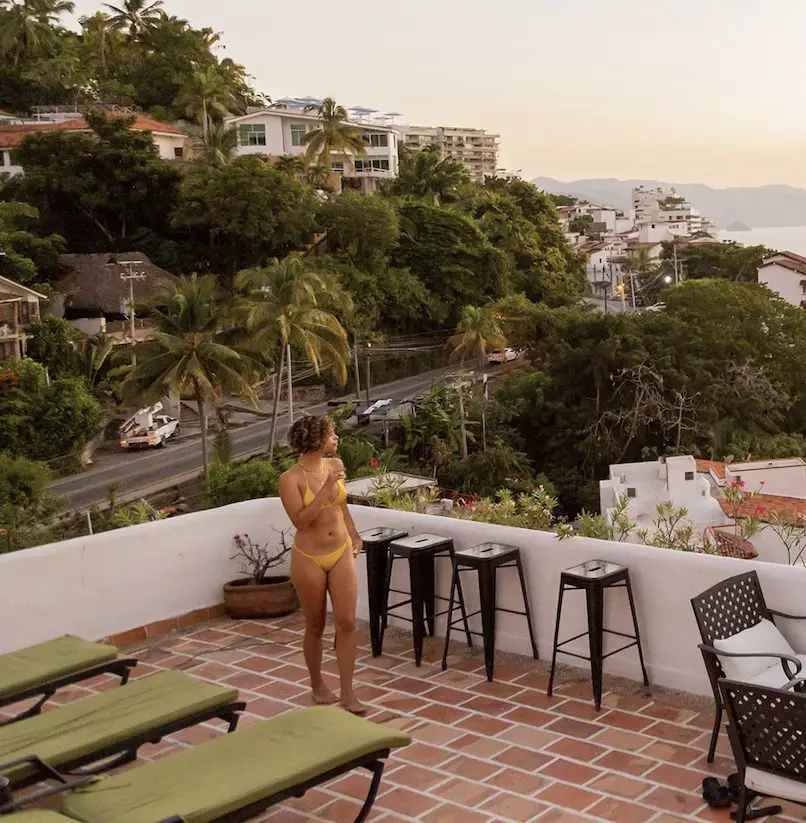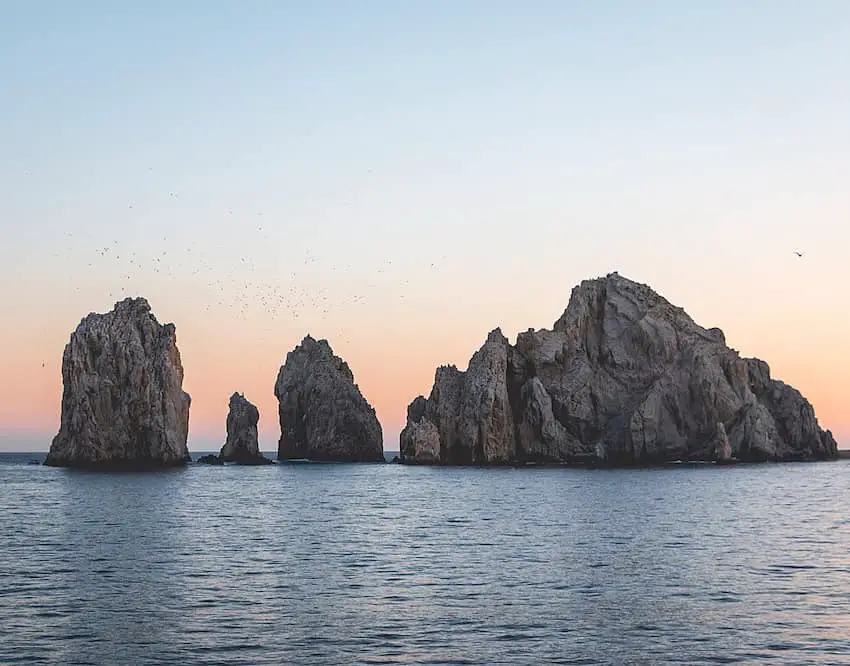Mexico expects an economic windfall during the year-end holidays, with Tourism Minister Josefina Rodríguez projecting record earnings from the winter season.
On Thursday, Rodríguez said the government expects tourism to generate upwards of 263 billion pesos (US $13 billion) during the Dec. 19, 2024-Jan. 8, 2025 winter break.
In a press release from the Tourism Ministry (Sectur), Rodríguez said revenues from year-end tourism will be critical in consolidating the economic recovery that Mexico’s tourism sector has been experiencing since the end of the COVID-19 pandemic.
If reached, the projected revenue of 263 billion pesos would reflect a 6.2% increase over the earnings during the winter tourism period of 2023-2024. It would be a record high for the industry and, Sectur claimed, would confirm Mexico as “one of the most attractive destinations at the global level.”
Rodríguez said her ministry anticipates that approximately 8.7 million tourists will visit Mexico during the holidays — a 2.1% improvement over last year.
Sectur provided a breakdown of the numbers, according to the newspaper El Debate, stating that roughly 6.5 million would be domestic tourists and the remaining 2.2 million tourists would arrive from abroad.

High expectations for winter hotel occupancy
The Sectur report forecasts a hotel occupancy rate of 59.3%, surpassing the 58.1% achieved last year. Earnings from tourist lodging alone could approach 21 billion pesos (just over US $1 billion), Rodríguez said.
Additionally, select destinations identified by Sectur can expect heavy tourism traffic.
Many popular resorts have been reporting high demand and Rodríguez supplied reporters with the projections Sectur compiled with regard to expected hotel occupancy for the most favored:
- Cancún: 88.6%
- Nuevo Nayarit: 88%
- Riviera Maya: 87%
- Puerto Vallarta: 82.3%
- Los Cabos: 80.8%
- Ixtapa-Zihuatanejo: 79%

Sectur also anticipates that cultural destinations will see an increase in tourism, projecting that Puebla (62.9%), Mérida (58.5%), Campeche (54.9%) and Querétaro (50.2%) will enjoy positive occupancy rates.
This outcome would confirm tourists’ interest in the diversity of experiences that Mexico offers, Rodríguez said, according to the newspaper Quadratín.
These figures illustrate the dynamism and resiliency of Mexico’s tourism sector, Sectur said, with broad appeal for tourists, from paradisiacal beaches to urban centers and cultural attractions.
In closing, Rodríguez praised the cooperation of the private sector, adding that her ministry’s creative promotional efforts and the strategic alliances forged across the industry have been fundamental in providing the sustained growth and development now evident.
